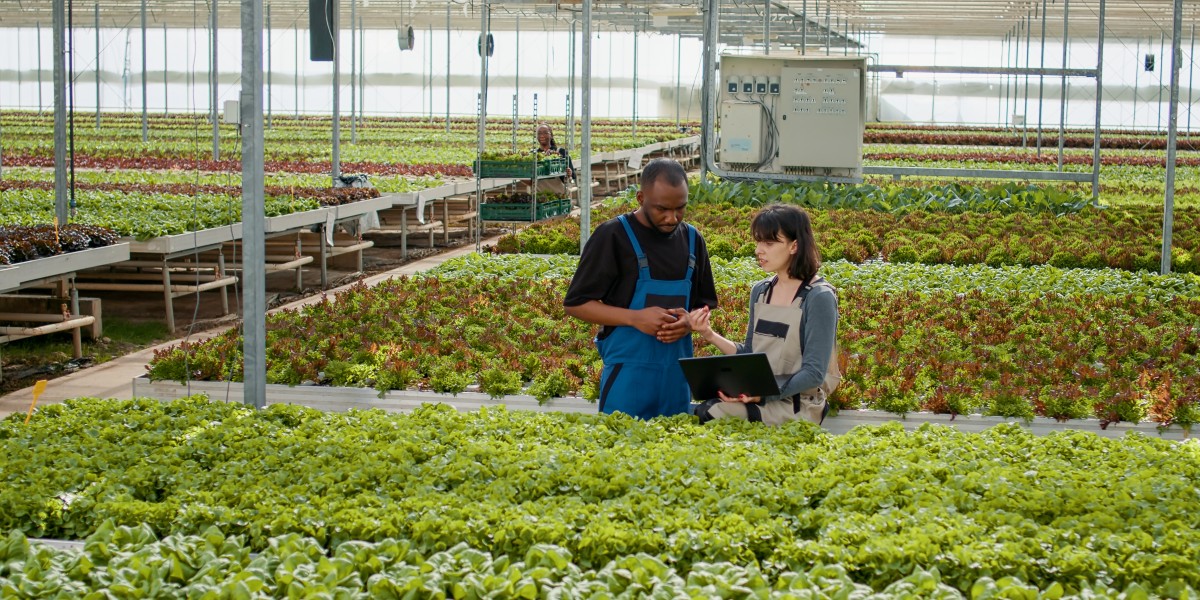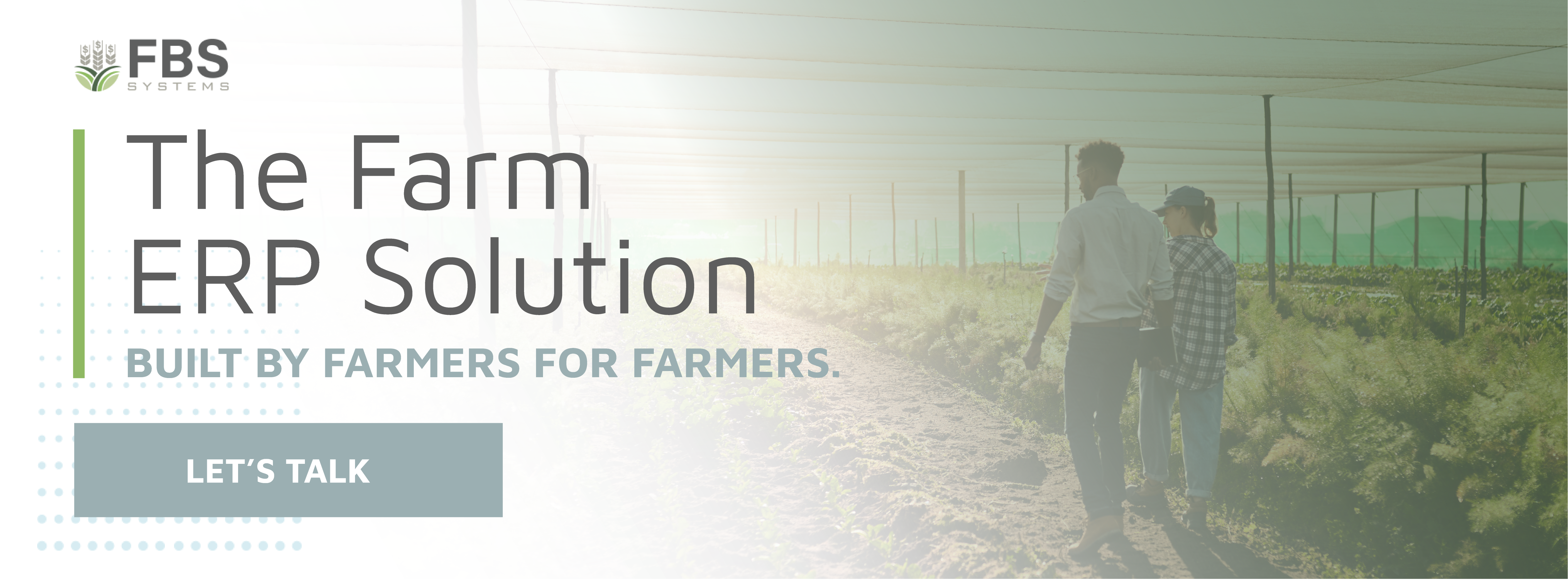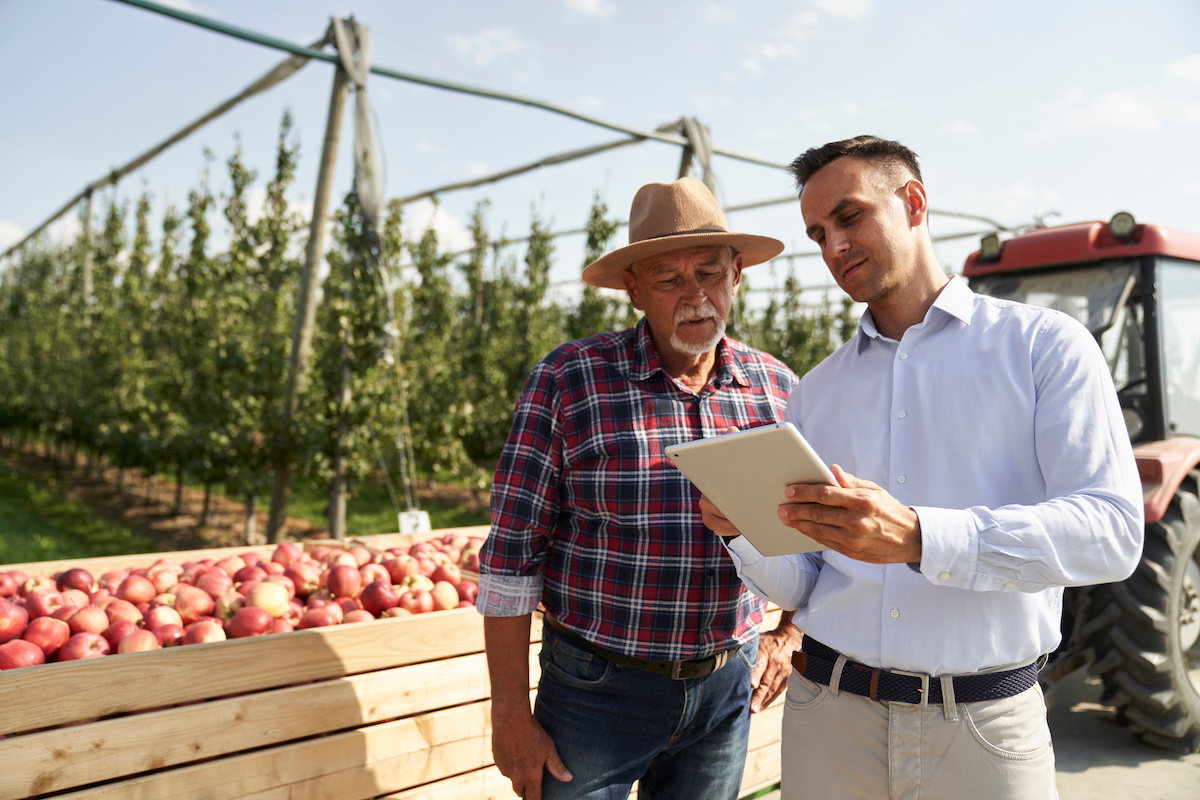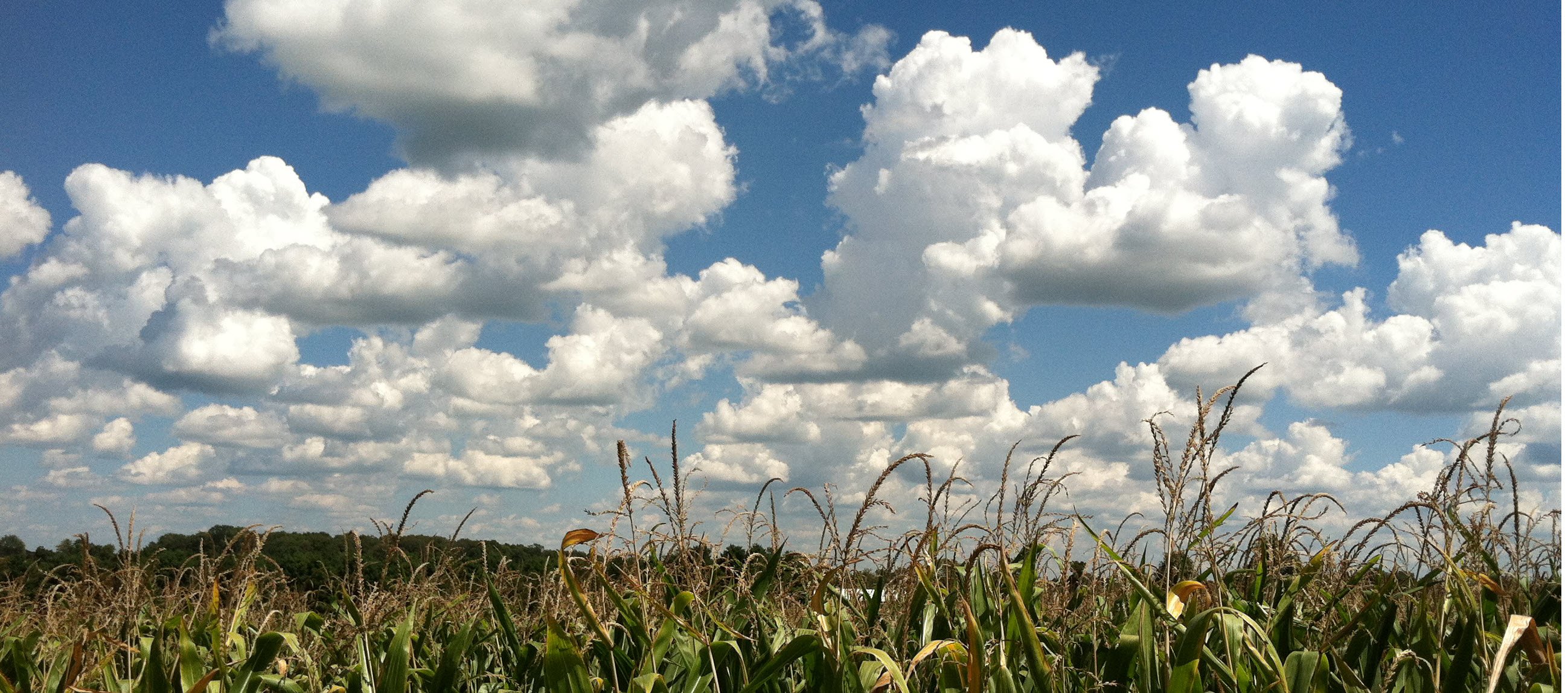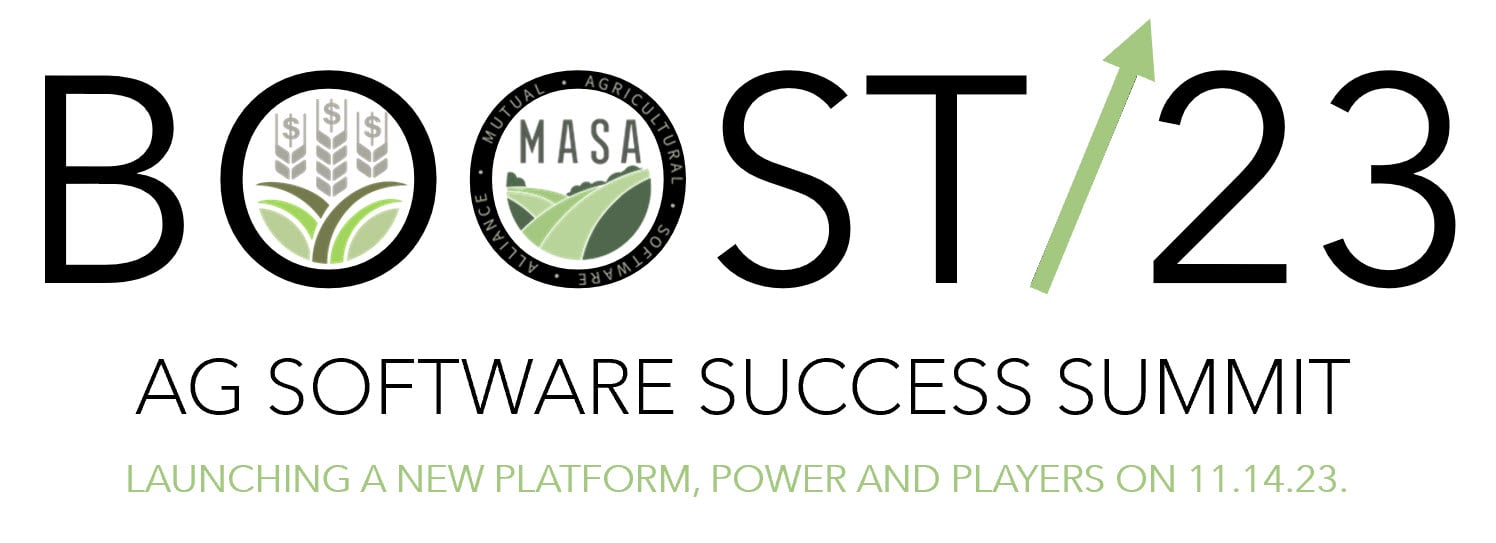When most people think of farming, “management information system” typically isn’t their first, or even second, thought. However, software has become an integral part of effective farm operations management. It can help with everything from accounting to feed scheduling, inventory management, load optimization, and beyond.
Chances are high, unfortunately, that your farm management information system may be showing its age. For example, do you find yourself having to frequently use workarounds for common tasks in your farm accounting software? Are you frustrated by inefficiencies that make the software feel more like a hindrance than a help?
If so, odds are high that you’re dealing with a “legacy system” and it’s time to update! What is a legacy system for farm management? What are the warning signs that you need to make a change? Why should you upgrade to a better farm management information system as soon as possible?
What Is a “Legacy System” for Farm Accounting?
A legacy system is, as IT folks like TechTarget put it, “Any outdated computing system, hardware or software that is still in use.” This is basically the polite way of calling a system “antiquated, if somewhat functional, tech held together with baling wire and duct tape.”
Legacy systems are often ancient and may even lack vendor support because the original maker either moved on to a newer solution, went under, or was bought out by a bigger company. A lack of software support can be a major problem for farmers because it means the software is not being updated anymore.
So, when farm accounting practices or management regulations change, legacy software can’t be updated to match the new standards.
Another issue with legacy software is that it might not work well with newer computers. It can be incredibly frustrating to get a shiny new computer or tablet only to discover that your preferred farm management information system simply can’t run on it.
Warning Signs You Need to Update Your Farm Management Information System
While keeping your farm ERP and management software up-to-date is a good first step, it doesn’t take the place of an occasional—and sometimes radical—farm makeover to counter the potential tech slowdowns and failures that can overtake your farm management system and impact your business.
Some common indicators that you might need to rework your farm management information system include:
- Accounts, centers, or other codes randomly cubby-holed or “splattered” across your listings
- Blended accounts (ie. “Utilities” used for recording electricity, telephone, internet, and propane expenses)
- Outdated centers, locations, and products cluttering up your system
- Redundant or confusing accounts or centers that may be used inconsistently
- Difficulty finding items on a pick list or in a “single-pass” report
- Challenges in training new people on “your way” of doing things
- Out-of-balance inventories and trial balances
- Data locked within a proprietary format
Why You Might Need to Update Your Farm Information System Even with Currently-Supported Farm Software
The above issues aren’t exclusive to legacy systems. If you have a particularly long-lived solution that still gets regular updates and support, you can still run into issues requiring an overhaul of your farm management information system.
For example, if you have software that has persisted through numerous operating system (OS) changes, you may run into system limitations. More specifically, in older software, data storage space was at a premium and there were heavy limitations on enterprise codes.
As the seasons roll by and your farm enterprises expand, compromises are made to shoehorn new definitions into what began as a logical and orderly coding system. Each time you move your records from one generation of computer to the next, some data files might have outdated codes or use formats that aren’t supported by the newer computers.
Also, the modules for the software may be “forgiving” (meaning they allow inventories to go negative without freezing the system) and dutifully roll bad and good balances forward from year to year. This creates inconsistencies that make it difficult to reconcile earlier data with more recent entries.
Modern computers have allowed us to dramatically expand software capacity as well as incorporate the flexibility required for you to customize and adapt your system “on-the-fly.” However, as convenient as this can be, it can also make keeping up with ever-changing software capabilities difficult.
This is why our approach to support is to provide both a wide array of software tools and to transfer the knowledge you’ll need to take advantage of them.
Benefits of Updating Your Farm Management Information System
Given those constraints and challenges, it’s easy to see why you might want to update and upgrade your farm management information solution. And still, there are even more benefits, including:
- Streamlining Data Collection. There are many occasions where you might have to pull old records and review them or create a report for another party (such as a bank’s loan officer or a government agency). If your old production and accounting data is locked in a legacy system, has out-of-date enterprise codes, or is in obsolete file formats, it can be incredibly hard to retrieve that data and organize it into a report. Overhauling your management information system with the right tools can ensure all of your past data is consistent and up-to-date.
- Improving Data Accuracy. When data isn’t organized consistently, it’s easier for errors and omissions to sneak their way into your reports. This reduces the accuracy of your farm’s data—which can make it harder to make sound business decisions that maximize your farm’s profitability. Reworking your management information system helps you identify errors and omissions so you can fix them before they impact decision-making.
- Optimizing Costs and Productivity for Improved Profitability. Having more accurate data helps you make smarter farm management decisions by making it easier to understand your cost and profit centers. With more comprehensive insights into what your fixed and variable costs are versus the profits you realize from each farming enterprise, you can optimize your enterprise mix to make the most profitable use of your farm’s resources.
Of course, when it comes to overhauling your farm’s information management system, there’s no rule saying you have to do it all on your own. Some projects—like replacing a faucet washer or renaming an account—are quick and simple. Others—such as remodeling a house or switching accounting from cash to accrual—require much more skill and experience.
FBS Systems is here to help you make the transition as smoothly and painlessly as possible. Our staff and allied consultants have reviewed hundreds of operations and can apply their expertise in farm accounting, records, and analysis to your specific requirements. Reach out to FBS Systems today for help updating your farm management information system.

